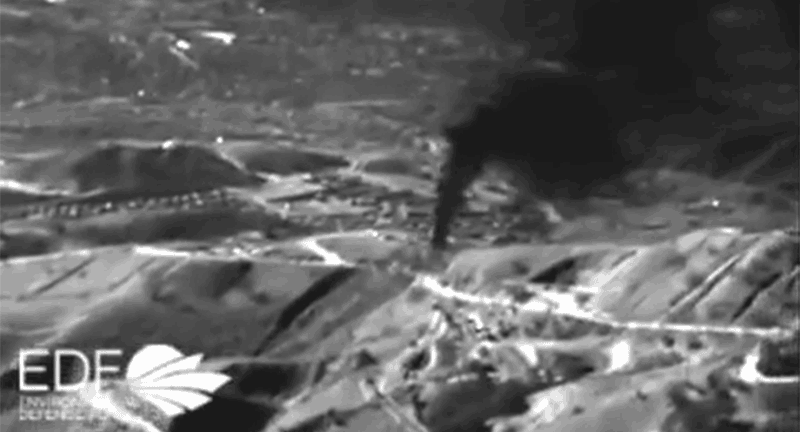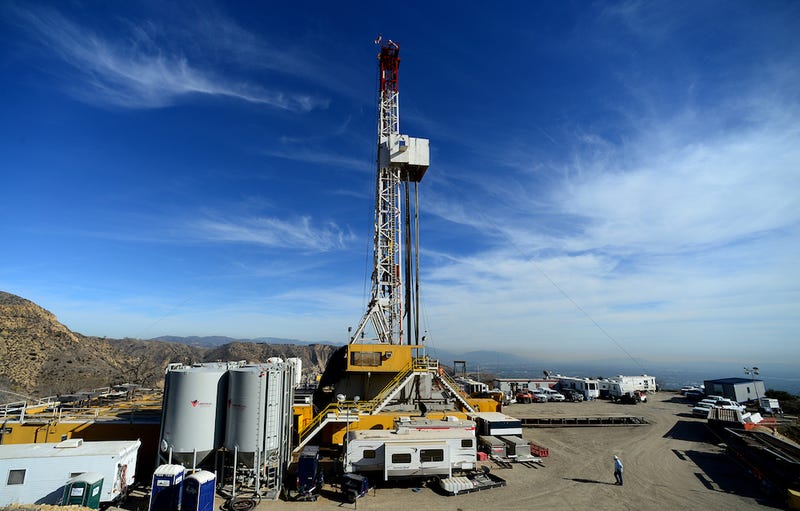A California Gas Leak Is the Biggest Environmental Disaster Since the BP Oil Spill

The largest natural gas leak ever recorded is
jeopardizing health and causing evacuations for thousands of Southern
California residents. And two months into it, scientists and engineers
still can’t figure out a way to contain the seeping gas.
On October 23, the Southern California Gas Company discovered a leak in its natural gas storage facility in Porter Ranch, a neighborhood about 25 miles northwest from downtown Los Angeles. Engineers don’t know what caused it, but believe that a well casing failed deep below the surface. It will take at least several more months to find the source and repair the leak, which requires careful drilling far from the tank itself to avoid igniting the gas and causing an explosion.

A relief well is being connected to the leaking well in the
hopes that all the gas can be diverted there while engineers try to seal
the leak. (Dean Musgrove/Los Angeles Daily News via AP, Pool)
Methane—the main component of natural gas—is a powerful short-term climate forcer, with over 80 times the warming power of carbon dioxide in the first 20 years after it is released. Methane is estimated to be leaking out of the Aliso Canyon site at a rate of about 62 million standard cubic feet, per day. That’s the same short-term greenhouse gas impact as the emissions from 7 million cars.That’s not just bad news for local residents, who are suffering from headaches and trouble breathing (two schools have been relocated for the 2016 semester), it’s potentially devastating on a planetary scale. A spokesperson for California’s Air Resources Board told Mashable the leak is dumping the equivalent of “eight or nine coal plants” worth of methane into our already fragile climate.